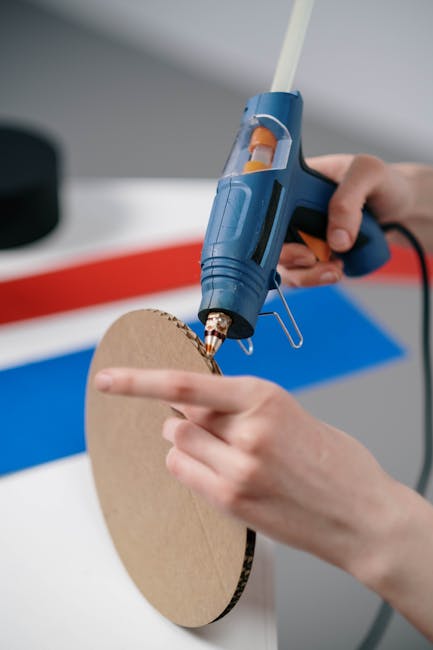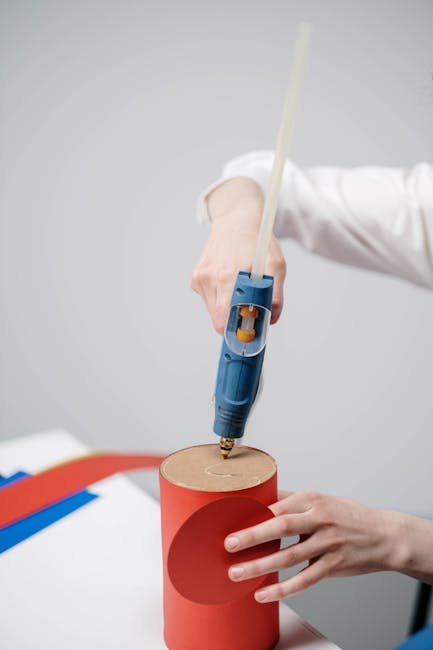Hot glue, a versatile adhesive, is widely used across various applications. When it comes to woodworking, understanding its composition, bonding characteristics, and limitations is crucial for effective use.

Hot glue is primarily composed of thermoplastic polymers, wax, tackifiers, and mobilizers. These ingredients ensure the glue remains sticky and moldable at high temperatures, and solidifies quickly as it cools down, forming a bond.
Hot glue is particularly effective on rough or porous surfaces, making it suitable for many woodworking applications. It can fill small crevices, creating a robust bond.

Specific hot melt adhesives cater to woodworking needs, providing strong and durable bonds. Here are some popular options:
| Adhesive | Characteristics | Applications |
|---|---|---|
| Infinity WoodTAC | Premium adhesive for general woodworking | Wood and substrates bonding |
| Power Adhesives 7718 | Polyamide hot melt, effective for knot-filling | Hard-wearing surfaces, repairs |
| Surebonder 739 | High-strength, 25 seconds adjustment time | Wood, metal, glass bonding |
| Ad Tech 962 | High delivery rate, 30-40 seconds working time | High-volume applications, wood, plastic, glass |
| Power Adhesives Tec Bond 1942 | Versatile for multiple materials | Wood, plastics, ceramics, product assembly |
| Titebond | Waterproof, durable, different set times | Gap filling, wood-to-wood bonding, indoor/outdoor use |
Despite its versatility, hot glue does have some limitations:
Effective use of hot glue in woodworking often requires specific tools:
Considering the various factors involved in adhesive selection, seeking professional guidance can help determine the best adhesive type for specific projects, ensuring optimal results. For more information on selecting appropriate adhesives, you can explore an in-depth comparison between Engineered Wood Vs Particle Board to understand how different materials interact with various adhesives.
In conclusion, while hot glue offers numerous benefits for woodworking applications, it is essential to understand its strengths and weaknesses to make informed decisions for your projects. For those looking to dig deeper into the world of adhesives, consider reading about the Best Construction Adhesive to explore options beyond hot glue for more durable and specialized requirements.
Additionally, understand the importance of furniture material, like Engineered Wood Furniture, in determining the right adhesive. This knowledge will empower you to select the best tools and materials for your woodworking projects.
For practical insights and real-world evidence on adhesive effectiveness, refer to the Maker Voices: Greg | GSE Makery, which discusses why wood glue may sometimes be a preferable alternative.

Immerse yourself in architecture’s most boundary-pushing ideas—where innovative home improvements meet visionary urban developments. Discover new building techniques, materials, and creative concepts that are redefining how we shape our spaces on a global scale.